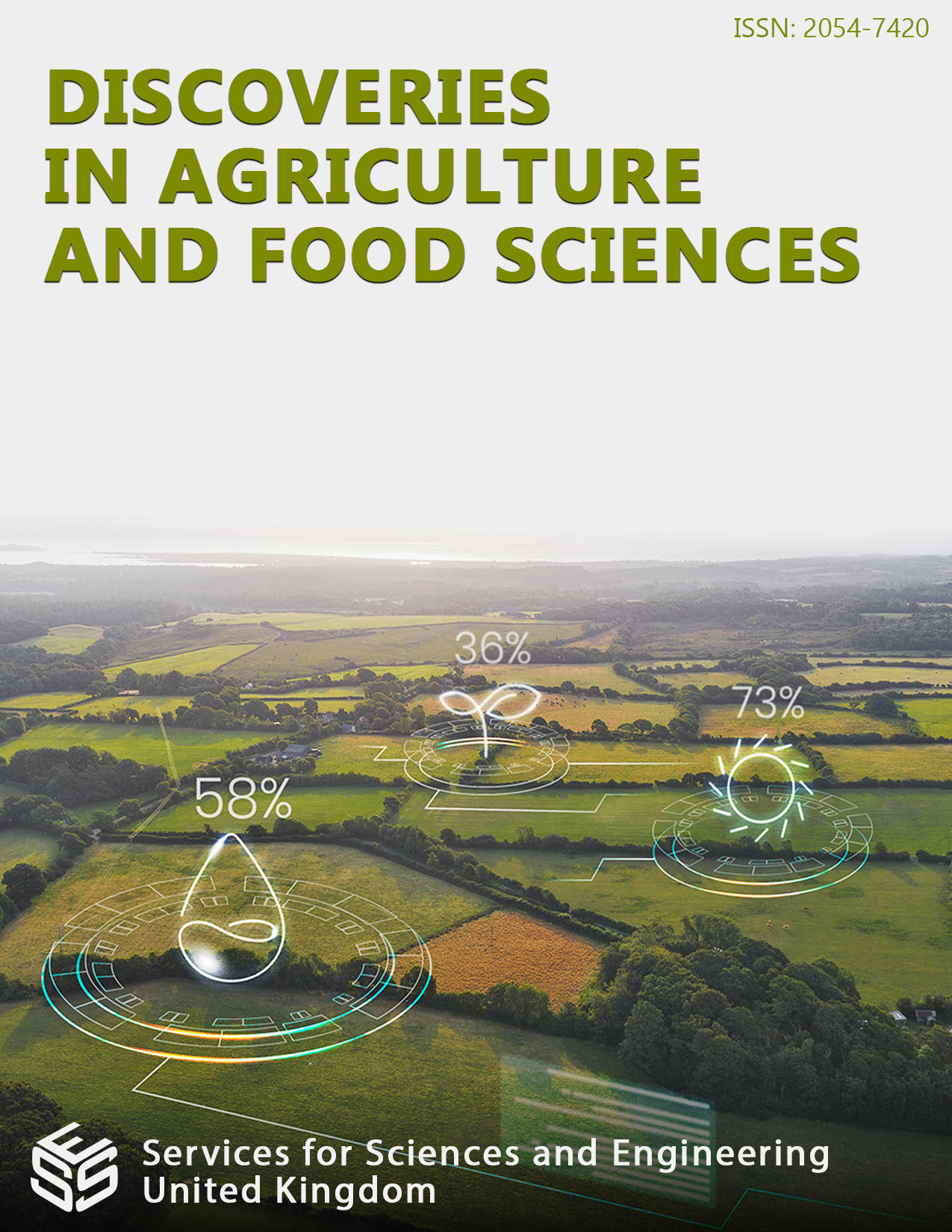Concentration of Soil Nutrients and Yield Response of Tomato (Solanum Lycopersicum) as Influence by Organic Fertilizer® (Compost) on the Soil of Makurdi, Nigeria
DOI:
https://doi.org/10.14738/tnc.111.14054Keywords:
Organic fertilizer®, tomato, organic matter, soil nutrientsAbstract
Over reliance on inorganic fertilizers as a crop nutrient source has left undesirable consequences on the soil and soil environment in the soil of Nigeria. One of the direct consequences is low yield of crops occasioned by imbalances in soil nutrients. It is expedient to adopt organic inputs in order to overcome some of these challenges. In this regard a field trial was conducted in 2018 and 2019 to evaluate the efficacy of organic fertilizer as a soil nutrient input for tomato cultivation in Makurdi. The experiment consisted of six (6) levels of compost manure (0, 0.2, 0.4, 0.6, 0.8 and 1.0) t/ha. The treatments were laid in Randomised Complete Block Design and replicated three (3) times. It was observed that organic fertilizer remarkably increased the concentration of soil organic matter (SOM) and nutrients content in the soil. Also, applications of compost at 1.0 t/ha produced plants with higher growth and yield parameters. Lower plant yields were obtained from non fertilizer treatments. Hence, organic fertilizer is recommended as a suitable agricultural input for sustainable production of tomato in the study area.
Downloads
Published
How to Cite
Issue
Section
License
Copyright (c) 2023 TER, S. T., OLATUNJI, O. F., IBRAHIM, N. B.

This work is licensed under a Creative Commons Attribution 4.0 International License.






